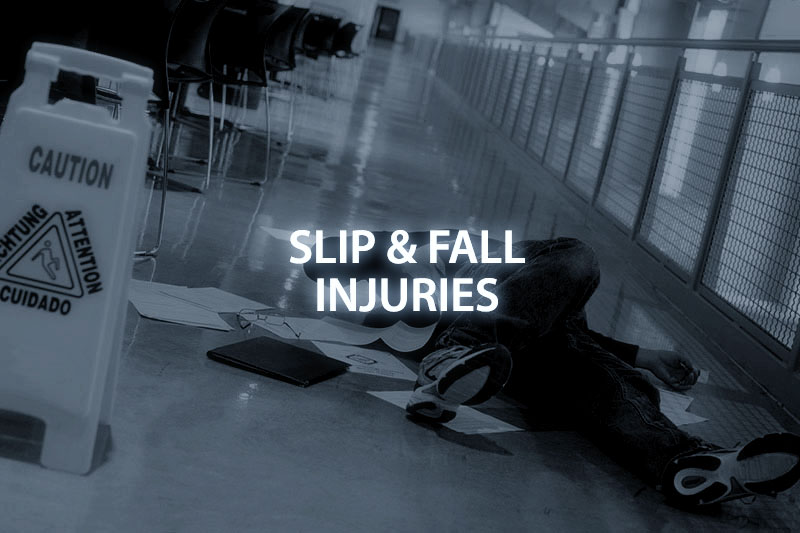When accidents happen, such as a slip and fall, it isn’t always the case that a single party is entirely to blame. In many instances, both the victim and the property owner may share responsibility for what occurred. In legal terms, this is referred to as “comparative fault,” and it plays a crucial role in personal injury cases, including slip and fall incidents. Let’s explore how California’s comparative fault system affects compensation and consider scenarios in which both the victim and property owner share responsibility.
What is Comparative Fault?
Comparative fault, also known as comparative negligence, is a legal doctrine used in tort law that allows a court to apportion fault among the parties involved in an accident proportionate to their contribution to the incident. Rather than a binary decision on liability – where one party is 100% at fault and the other is completely free from blame – comparative fault recognizes that life is complex and that how an accident occurred can be nuanced.
Under this system, the amount of compensation a claimant can receive is reduced by a percentage that reflects their degree of fault in the accident. This is substantially different from the “contributory negligence” approach used in some jurisdictions, where if the claimant is found to be at all negligent, they may be barred from recovering any damages.
California’s Comparative Fault System
California follows a “pure comparative negligence” rule. This means that a claimant can recover damages even if they are found to be 99 percent at fault, although their recovery will be reduced by their degree of fault. Simply put, if you are involved in a slip and fall accident in California and found to be 25% responsible for your injuries, you can still claim compensation, but it will be reduced by 25%.
This system is particularly relevant in slip and fall cases, where both the plaintiff and the defendant could have taken actions that would have prevented the accident.
Shared Responsibility in Slip and Fall Cases
Scenario 1: Insufficient Warnings Provided by the Property Owner
Imagine a scenario where a property owner mopped the floor but failed to put up a “wet floor” sign. A patron then slips and falls but was also walking quickly while texting. In California, the court would examine the evidence to determine the level of fault of each party. If the patron was found to be 30% at fault for not paying attention to where they were going, and the owner was 70% at fault for not putting up a sign, the patron’s compensation would be reduced by 30%.
Scenario 2: Violation of Safety Regulations by the Property Owner
Consider a case where the property owner violated safety regulations by not repairing a broken step, leading to a visitor’s fall. If the visitor was walking while intoxicated, both parties could be deemed at fault. The court would determine the percentage of fault for each actor involved, resulting in a divided responsibility and, thus, divided compensation.
Scenario 3: Open and Obvious Hazards
Lastly, let’s say a hazard was open and obvious, such as construction equipment left out during a renovation. A distracted shopper doesn’t notice the equipment and trips over it. The shopper might argue that the property owner should have barricaded the area, but the property owner could assert that the shopper should have been more careful. Comparative fault would come into play when the court decides to what extent each party is responsible for the accident.
Contact Accident Injury Attorney Caryn Warren for Help!
California’s pure comparative negligence rule fairly evaluates and apportions fault in slip and fall cases. It ensures that victims can still recover damages even if they had a part in causing their own injuries, which can be crucial in helping them deal with the financial repercussions of an accident. It also promotes a more balanced legal approach by acknowledging that accidents are rarely straightforward and responsibility is often shared.
Victims of slip and fall accidents should always consider the possibility that a court will find them partially at fault and prepare their case accordingly, often with the help of a legal professional. Understanding the nuances of comparative fault is essential for anyone involved in these situations, as it can significantly influence the outcome of their claim.
Personal Injury & Criminal Defense Services Available Throughout
Greater Sacramento, Yolo, Placer, and Solano Counties
Antelope, Arden-Arcade, Auburn, Benicia, Carmichael, Citrus Heights, Davis, Dixon, Elk Grove, Fairfield, Fair Oaks, Folsom, Galt, Gold River, Granite Bay, Iselton, Lincoln, Loomis, North Highlands, Orangevale, Rancho Cordova, Rio Linda, Rio Vista, Roseville, Rocklin, Sacramento, Suisun City, Vacaville, Vallejo, West Sacramento, Winters, Woodland

